All-in-one VOCs Adsorption for removal and Concentration regeneration device
Introduction of the facility
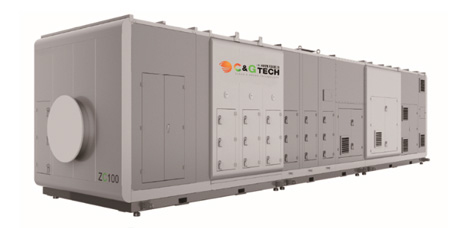

Distinction
- Apply modular design
- Easy to disassemble and assemble
- Assembly with different functional modules
- Select and assemble each functional module according to the field situation
Process
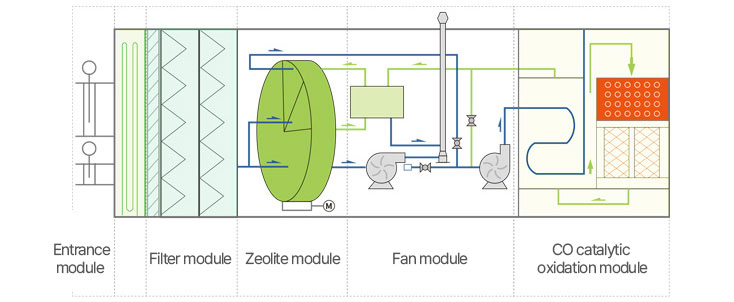

Adsorption/Concentration technology combination system
VOCs adsorption concentration rotary ROTOR and catalytic oxidation CO combined VOCs management system
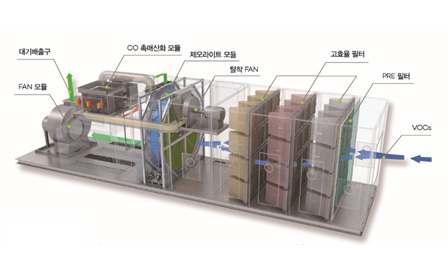

Distinction
- Oxidation temperature 300°C
- Using tube or plate heat exchanger, heat efficiency 65%
- Processing efficiency 90% ~ 99%
- Land area is relatively small
- Maximum internal temperature ~500°C
- Suitable for intermittent operation
- Cannot process organic substances such as sulfur and halogen
VOCs adsorption concentration turntable
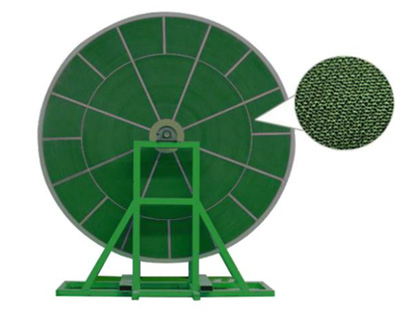
Distinction
- Excellent adsorption performance
- Adsorption efficiency 90 ~ 99%
- Available in various shapes
Catalytic oxidation

Distinction
- The catalytic action reduces fuel consumption by lowering the activation energy of the reaction during the catalytic combustion process.
- Catalytic oxidation heats the exhaust gas to 300℃ and completely decomposes organic matter into CO₂ and H2O through the catalytic action.
- Using precious metal (Pt, Pd) catalysts, energy consumption is reduced due to low reaction temperature, and the purification efficiency is over 95%, which reduces investment costs.
- Using a ceramic carrier stabilized at high temperatures, the catalyst does not sinter, and maintains a large specific surface area, mechanical strength, and stability against high heat.
Technical Advantages of catalysts
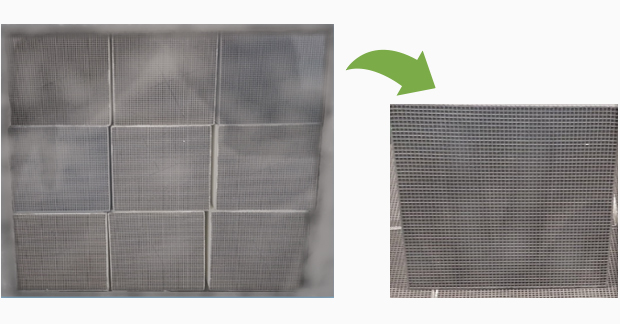
Distinction
- 40~50% weight reduction compared to existing products
- 30% increase in surface area due to high porosity
- Reliable low-temperature and high-temperature catalytic activity
- Increased diameter, increased treatment area
Operating costs and energy consumption
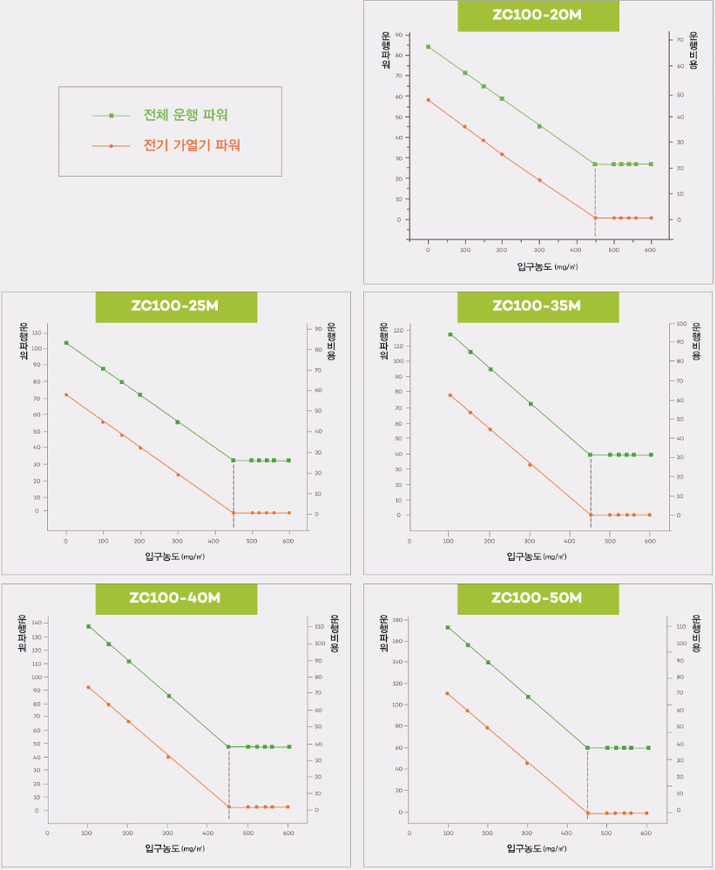
Test report
1. Adsorption test
시험 항목 및 조건
| VOCs유형 | 풍량 m³/h | 농도 ppm | 출구농도 | |
|---|---|---|---|---|
| 실험 1 | 자일렌 | 20000 | 300-400 | < 30 |
| 실험 2 | 자일렌-아텔아세테이트 (2:1) | 20000 | 300-400 | < 30 |

Result
As can be seen in the exhaust gas concentration graph, the xylene inlet concentration is 190~330ppm, the exhaust gas emission concentration is 5~10ppm, and the overall equipment efficiency is over 92%.
2. Desorption test
시험 항목 및 조건
| VOCs유형 | 풍량 m³/h | 농도 ppm | 탈착풍량 Nm³/h | 분자 로타유형 | |
|---|---|---|---|---|---|
| 실험 1 | 자일렌 | 20000 | 200-330 | 2500 | 2350-40-III |
| 실험 2 | 자일렌-아텔아세테이트 (2:1) | 20000 | 200-400 | 2500 |
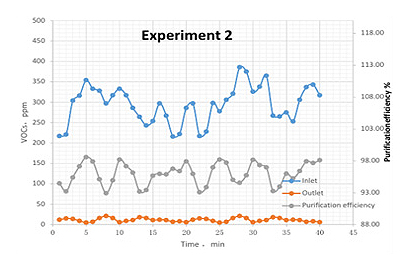
Result
As can be seen in the exhaust gas concentration graph (xylene: ethyl acetate = 2:1), the inlet concentration is 200 to 400 ppm, the exhaust gas outlet concentration is 5 to 20 ppm, and the overall efficiency of the equipment is over 93%.
